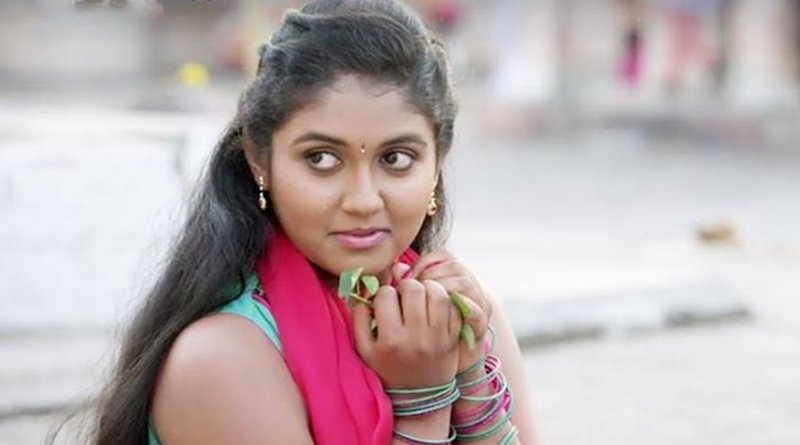
‘Sexuality’ and ‘marriage’ are terms that we don’t instinctively think of in the same breath. Marriage is often seen as a contract or an oath bound by religious rites, a formality that bestows legal rights, a visual spectacle, a means of ensuring that property remains within the family, a negotiation with family, and/or a display of wealth. No one can escape the sound and glitz of The Great Indian Wedding, especially during the times of the year ordained as auspicious for tying the knot. Besides all of this we know that marriage is a site of intense contestations around sex, pleasure, violence, and sexual rights.
Take the debate around same-sex marriage and marriages where one spouse is transgender. These have already raised moral, ethical and legal questions, where society’s heteronormative notions of sexuality clash with the lived reality and feelings of those who do not conform.
One can engage with this debate from the outside, as someone who falls outside of the mainstream imagination of marriage, and is posing an external critique. Many of these questions revolve around whether there is a need for marriage in the first place, the patriarchal bent of the institution, and the kinds of inequalities it fosters. From this point of view, the questions that are asked are about how the legal benefits that marriage entitles one to can be extended to the increasing number of people who choose to live as couples, or single, or in other forms of cohabitation and friendship without getting married.
The same debate around same-sex marriage gives us a hint of the enormous force and continuing appeal of marriage, how the same institution that we critique and sometimes reject continues to hold such a powerful sway over us – that little tug one feels when you see a romantic proposal, the clamour among LGBTQIA persons to be allowed to choose to marry, and the ways in which same-sex marriage has been mobilised even in mainstream political discourse in countries like Nepal.
Looking outside the LGBTQIA context, we know that inter-caste and inter-religious marriages continue to be highly contentious, challenging existing norms of purity, religious belief, and morality. B.R. Ambedkar, in his well-known undelivered speech The Annihilation of Caste, refers to inter-caste marriage as one way to break caste barriers. We continue to witness brutal murders, ‘honour’ killings, violent threats to and ostracism of those who dare challenge existing societal norms. Last year, the popular Marathi film Sairat, a love story between a Dalit boy and upper-caste girl who defy their families to run away and get married, drew criticism from the Maratha community as encouraging acts of sexual violence by Dalits against women from the Maratha community.
Inter-religious marriages continue to be rare in India, and political propaganda over ‘love jihad’ (allegedly forced marriages where Muslim men are portrayed as abductors), continues to vitiate the atmosphere in many parts of the country. The Special Marriage Act, 1954, designed to allow for inter-religious marriage, is itself a site of contestation with many civil society activists asking for a shorter notice period and easier norms to avoid families from separating married couples through the enormous emotional and financial pressure, and sometimes physical threats, that they commonly subject couples to. [1]
As we begin examining marriages from within, we can see a range of issues that we need to think about and study further. The traditional and obedient bahu (daughter-in-law) is giving way to a more democratic relationship within marriages (if the proliferating washing machine advertisements with men doing the laundry is any indicator), which in turn has allowed for more sexual experimentation, where sex is no longer taboo and meant purely for procreation. Anecdotal evidence and surveys from magazines such as India Today suggest that married Indian couples are beginning to experiment with swapping partners and using devices that enhance sexual pleasure.
Admittedly, these developments, part of a larger trend towards what Nivedita Menon and Aditya Nigam term a “globalisation of desire” in India, reflect a certain segment of society – the middle class that has emerged post-liberalisation. And even within this segment, domestic violence, dowry and marital rape continue to be issues that women in marriages face. Attempts to criminalise these forms of violence within marriage have drawn fierce criticism from male parliamentarians who claim that this violates Indian morality, and men’s rights groups that claim that criminal laws in these domains are misused against husbands and their families and as a negotiating tool during divorce proceedings.
Whatever our personal views about marriage, as those engaged with debates around sexuality we must take marriage seriously. Whether it is to critique the institution, explore other forms of legal sanction for partners, or push for greater democratisation within marriages, we need to address, examine, study, and debate marriage in all its shapes forms, shades and hues.
Cover image taken from Sairat (2016)
[1] Pervez Mody, “The Intimate State: Love Marriage and the Law in India”, Routledge India, 2008